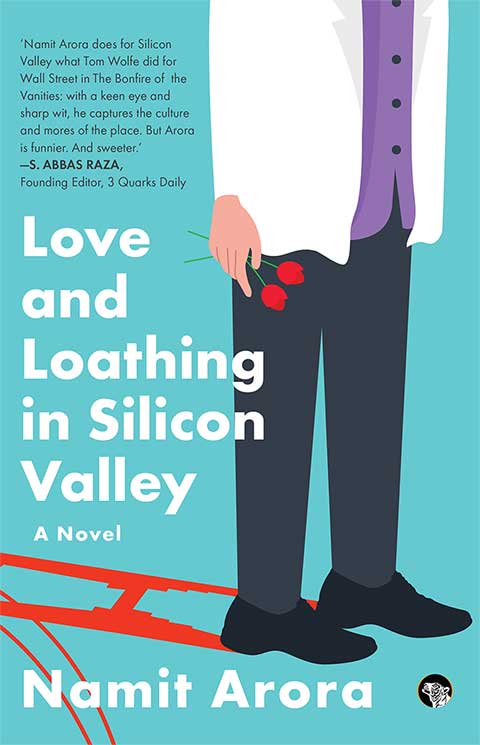| Index of articles from the Blog |
| Animals |
| Anthropology & Archaeology |
| Art & Cinema |
| Biography |
| Books & Authors |
| Culture |
| Economics |
| Environment |
| Fiction & Poetry |
| History |
| Humor |
| Justice |
| Philosophy |
| Photography |
| Politics |
| Religion |
| Science |
| Travel |
Books by
Books by
|
By Namit Arora | Jul 2008 | Comments
|
As a boy in India, I often heard rumors of "buggering" being commonplace in elite boarding schools for boys. This was partly spoken of as a passing phase of rakishness and fun, the subtext being: they'll discover what real sex is when they grow up. In their lucid new book, The Indians, Sudhir and Katherina Kakar recount a story about Ashok Row Kavi, a well-known Indian gay activist. Apparently when Ashok was young and being pressured to marry by his family, especially by his aunt, he finally burst out that he liked to fuck men. "I don't care whether you fuck crocodiles or elephants," the aunt snapped back. "Why can't you marry?" As in many other societies, procreation also underpins the Indian sense of social (and familial) order. Any threat to this social order is instinctively resisted, though the resistance takes many forms. In the Christian West, homosexual acts were persecuted as a sin against God (and less often, seen as a disease). Indians, on the other hand, denied the idea of homosexuality, while tolerating homosexual acts—a trick made possible by regarding these acts not as sex but as a kind of erotic fun, or masti. Sex is only what happens in the context of procreation, usually within marriage. Sex is what makes babies, and truly virile men, of course, produce male babies. It is no surprise then, that the notion of a homosexual liaison as an equal alternate to a heterosexual one doesn't exist outside a small set of urban Indians; that would threaten the social order. Instead, the Indian response is: As long as men fulfill their traditional obligations to family and progeny, their homosexual acts are (uneasily) tolerated. Notably, according to the Kakars, the vast majority of even those who continue having sex with other men do not see themselves as homosexual. "Even effeminate men who have a strong desire to receive penetrative sex are likely to consider their role as husbands and fathers to be more important in their self-identification than their homosexual behavior." Lesbian activity is invariably seen as a response to sexually frustrating marriages (as also in Fire, the 1998 movie by Deepa Mehta). While the Indian response reduces open conflict, the flip side is a muffled suffering: countless men and women lead double lives, hiding from their true natures and denying themselves the most precious of intimacies and self-knowledge. When I was young, one of my aunts filed for divorce just weeks into her marriage; an uncle told me in hushed tones that something was wrong with her husband's "manliness." My aunt was fortunate; far more often the marriage is for ever, and is even given full marks for a happy normalcy if a child is somehow produced.
A bit more tolerance of publicly "deviant behavior" does extend to the Hijras, not the least because their cultural status as "the third sex" has made them non-threatening (most are biological men who identity as women; some are eunuchs or have ambiguous genitalia) and imbued them with a special power to bless newlyweds and newborn males. Hindu gods and mythic heroes aid their acceptance too: Shiva at times assumes the female form; the goddess Yellamma has the power to change one's sex; Arjuna disguised himself as a eunuch during the Pandava exile.
Even after the arrival of Islam (the Qu'ran is hostile to homosexuality), Sufi mystics used homoerotic metaphors to describe their love of God and celebrated homoeroticism in poetry and literature of a "Persianized" Islam. Upper class Muslims got away with pederasty as long as they fulfilled—or pretended to fulfill—their obligations in marriage. It then fell upon the British to make things decidedly worse in the 19th century. The Kakars write:
The Lesbian, Gay, Bisexual and Transgender (LGBT) community in India has made notable strides in urban India. Hundreds marched in Pride parades this year. But progress simply means progress has been made. Great disparities remain and attitudes in this deeply conservative country are slow to change. I'll end with Vidur Kapur, who illuminates many facets of what it means to be a gay urban Indian immigrant in America, using an approach that is often the most effective of all: comedy.
More episodes? Click here, here, here, here, and here (search youtube.com for more). |
Designed in collaboration with Vitalect, Inc. All rights reserved. |
|








